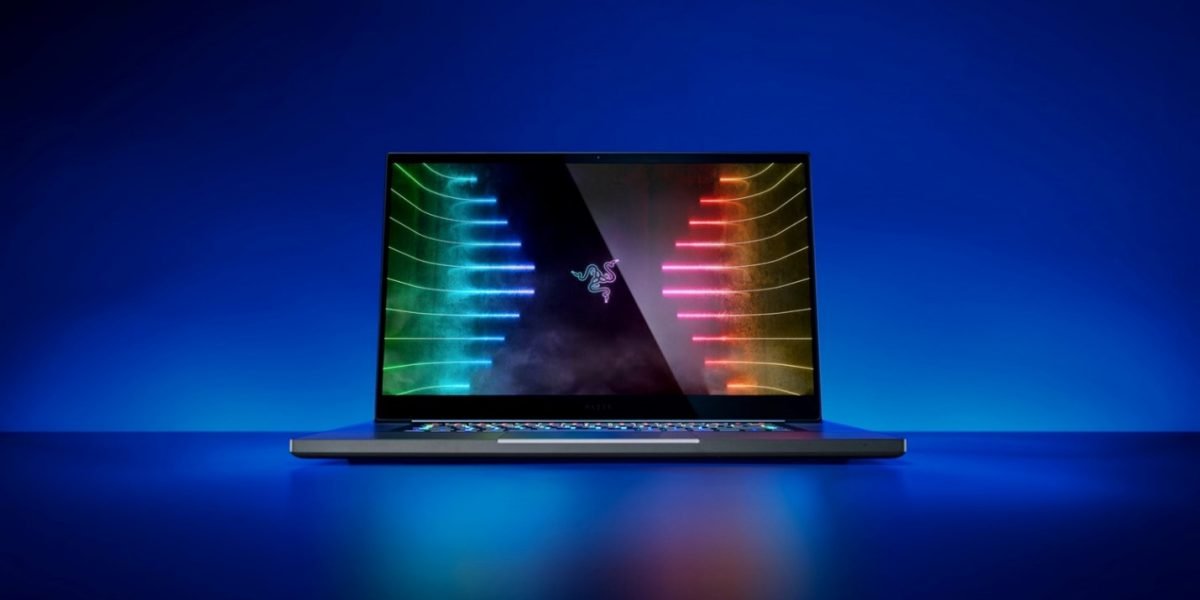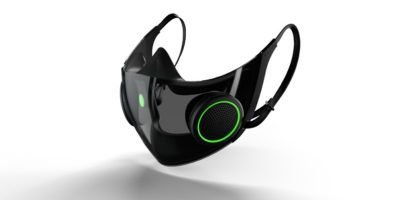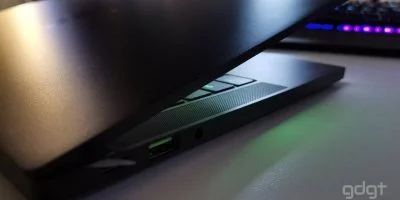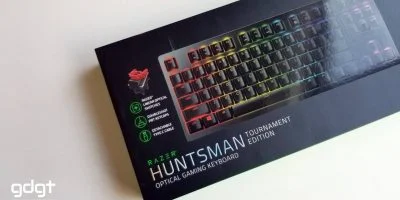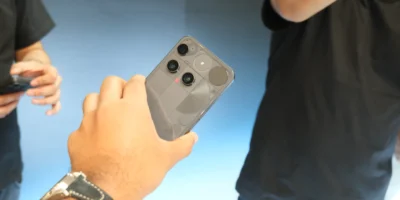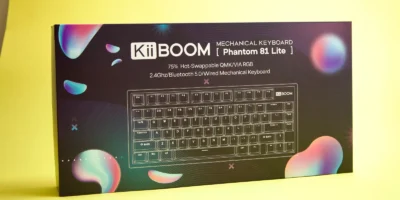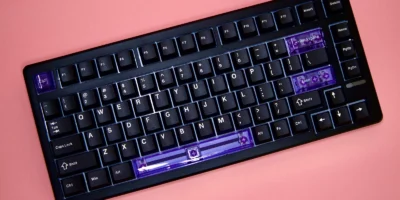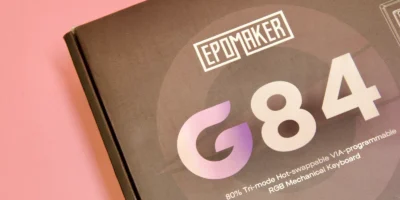Razer today announced the all-new Razer Blade 15 and Razer Blade Pro 17 gaming laptops powered by NVIDIA GeForce RTX 30 Series Laptop GPUs. To take advantage of the powerful new GPUs, the laptops are now available with new display options at higher refresh rates and higher resolutions. The new Blade 15 and Blade Pro 17 gaming laptops form the most powerful and diverse lineup of gaming laptops from Razer ever.
The all-new Blade 15 and Blade Pro 17 offer gamers the most powerful graphics technology currently available, armed with the new NVIDIA GeForce RTX 30 Series laptop GPUs, up to the NVIDIA GeForce RTX 3080.
NVIDIA GeForce RTX 30 Series Laptop GPUs, powered by the NVIDIA Ampere architecture, increase energy efficiency by up to 2x, accelerate performance dramatically and introduce third-generation Max-Q technologies such as Advanced Optimus for improved battery life when playing on the go, Dynamic Boost 2.0 for optimized GPU performance when gaming or creating, and Whisper Mode 2.0 for improved acoustic control when working in quiet environments.
The Blade 15 and Blade Pro 17 continue a legacy of being the fastest around, featuring new display types with higher refresh rates and more resolution options to take full advantage of the powerful NVIDIA GeForce RTX 30 Series Laptop GPUs. For the first time ever, the Blade 15 Advanced Model will be available with three unique 15.6” display options: Full HD at 360Hz, Quad HD at 240Hz with NVIDIA G-SYNC, and a stunning Ultra HD OLED with a wide color space at 60Hz. The Blade Pro 17 will also be available with three different 17.3” display options: Full HD at 360Hz, Quad HD at 165Hz, and Ultra HD at 120Hz.
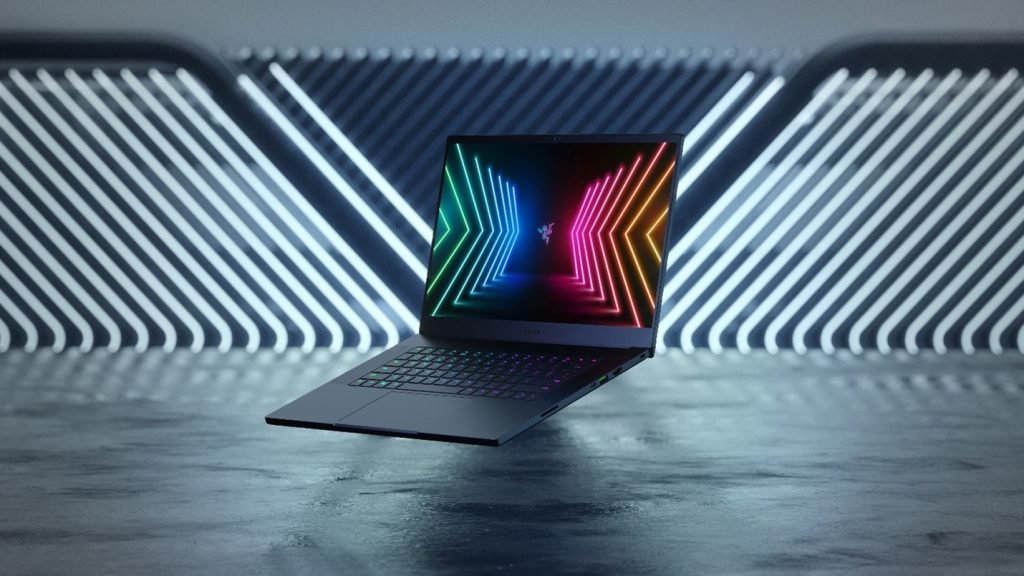
The high refresh rate Full HD display is perfect for hardcore gamers for whom every frame counts to maintain the competitive advantage. The Ultra HD displays are the ultimate way to work for content creators needing the power of a gaming laptop but the visual fidelity of a studio workstation. The Quad HD displays offer the best of both worlds, featuring a high refresh rate for fast-paced gaming and a high resolution for content creation. Whether gaming, creating, or gaming and creating, there is now the perfect Razer Blade for everyone.
In 2011, Razer broke the mold and introduced the world’s first true gaming laptop, a machine capable of playing the latest titles while maintaining a sleek and mobile form factor capable of being taken anywhere. Today, Razer continues that legacy, launching the smallest 15-inch gaming laptop powered by an NVIDIA RTX 30 Series Laptop GPU currently available. The Blade Pro 17 remains one of the thinnest 17-inch gaming laptops on the market, measuring in at a mere 19.9mm x 260mm x 395mm, making it the perfect mobile desktop replacement. The compact form factor of both laptops lets users break free from their desk and take their game anywhere.
The new Razer Blades make the most of their small form factor, packing every inch of space with something to make every user’s life easier. The sides are lined with a variety of inputs ranging from USB-C to HDMI 2.1 to a UHS-III SD card reader, so users can connect to anything, without hunting for a dongle. The keyboards are powered by Razer Chroma RGB that can be customized for productivity or gaming with front-facing speakers flanking the sides to keep work and play fun and engaging.
In addition, Razer Blade users will gain immersive audio for a 360-degree soundscape when listening to movies, music, or games with THX Spatial Audio over any analog headphones or the device speakers. Internally, the laptops feature expansive storage and memory options, up to 1TB and 32GB respectively, to keep up with the rise of demanding games and creative applications.
